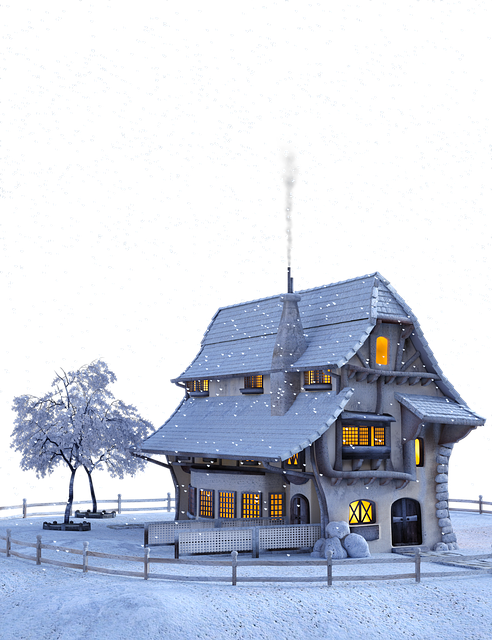Virtual staging, leveraging 3D home interior visualization, transforms real estate marketing by creating photorealistic digital property replicas when physical access is limited. This cost-effective method saves time and resources for agents and clients alike, appealing to a broader audience with detailed, immersive presentations that highlight key features, fostering stronger client connections and ultimately driving sales.
In today’s digital era, virtual staging is transforming real estate marketing by offering a captivating, cost-effective solution for client presentations. This article delves into the world of 3D home interior visualization, exploring its benefits and techniques. We’ll uncover strategies to enhance client experiences through visual storytelling and share best practices for creating immersive online spaces that attract buyers. Discover how this cutting-edge technology is revolutionizing the industry.
Understanding Virtual Staging: Benefits for Real Estate
Virtual staging, powered by advanced 3D home interior visualization techniques, is transforming real estate marketing and client presentations. It allows agents to showcase properties in their best light, even when physical access is restricted. By creating photorealistic digital replicas of homes, virtual staging offers a cost-effective and efficient solution for presenting properties to prospective buyers.
This innovative approach provides numerous benefits for the real estate industry. It broadens the audience reach by enabling clients from diverse locations to tour properties virtually, eliminating geographical barriers. Moreover, it enhances visual appeal, allowing agents to highlight key features and design elements that might be overlooked during traditional in-person viewings. Virtual staging also streamlines the presentation process, saving time and resources for both agents and clients, especially in today’s fast-paced market.
3D Home Interior Visualization: Techniques and Tools
In the realm of 3D home interior visualization, modern technology offers a plethora of tools to create immersive digital environments. This process involves using specialized software and 3D modeling techniques to produce photorealistic renderings that bring empty spaces to life. Professionals can design and stage virtual interiors with precise attention to detail, from furniture placement to lighting adjustments, allowing clients to experience properties virtually before construction or renovation is complete.
Tools such as Blender, SketchUp, and Autodesk Revit provide a suite of features for creating intricate models. These platforms enable designers to import 2D floor plans, add 3D objects, and customize materials, textures, and lighting to craft realistic interior scenes. With advancements in rendering engines, these virtual stages can now be integrated into interactive online platforms, giving clients a dynamic way to explore potential future homes or commercial spaces.
Enhancing Client Presentations: Visual Storytelling Strategies
In today’s digital era, virtual staging has become a powerful tool for real estate professionals looking to enhance client presentations and marketing strategies. By leveraging 3D home interior visualization techniques, agents can craft immersive experiences that captivate potential buyers and sell properties more effectively. This visual storytelling approach allows clients to virtually explore homes as if they were there in person, providing a richer understanding of space and design possibilities.
Real estate professionals can use these technologies to stage empty spaces, showcase different design options, and even illustrate the potential for future renovations or expansions. By presenting properties in their best light, both physically and aesthetically, agents can foster stronger connections with clients, increase engagement, and ultimately drive sales.
Best Practices: Creating Immersive Experiences for Buyers
Creating immersive experiences is key when using virtual staging for real estate marketing. One best practice is to leverage 3D home interior visualization technology, which allows potential buyers to virtually walk through properties, providing a more engaging and realistic experience than traditional photos or floor plans. This technology should offer accurate representations of space, lighting, and design elements, giving clients a clear sense of the property’s layout and possibilities for personalization.
Additionally, ensure that the virtual staging is seamless and free from technical glitches. High-quality graphics and smooth navigation are essential to maintaining buyer interest and trust. Incorporate interactive features like zoom capabilities and hot spots to highlight key features or design elements within the home. By focusing on these best practices, real estate professionals can deliver captivating experiences that enhance client presentations and ultimately drive sales.
Virtual staging has emerged as a powerful tool in real estate marketing, offering significant advantages in client presentations. By leveraging 3D home interior visualization techniques, agents can create immersive experiences that showcase properties’ potential, attract buyers, and close deals faster. With the right strategies and best practices, virtual staging becomes an indispensable asset for any real estate professional, ensuring their clients have a clear, compelling view of future homes before they even step inside.
